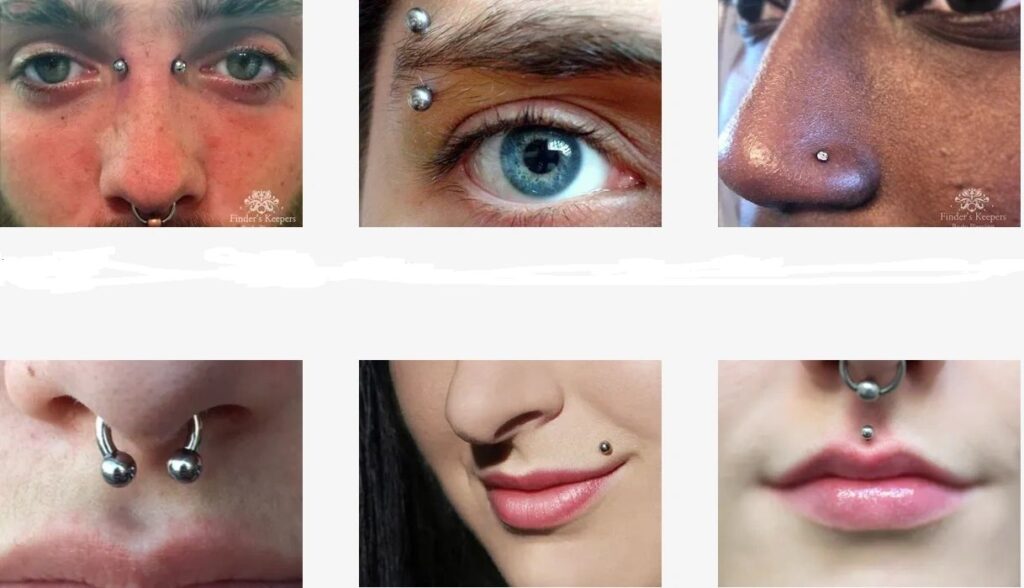Introduction
Body piercing has been a form of self-expression and cultural tradition for centuries, with various types of piercings holding different meanings across different societies. One such piercing that has gained popularity in recent times is the apadravya. This bold and intimate piercing has become a symbol of individuality and personal empowerment. In this article, we will delve into the world of apadravya piercing, exploring its history, procedure, aftercare, and cultural significance.
History of Apadravya Piercing

The apadravya piercing is not a recent trend; its roots can be traced back to ancient cultural practices. Historical evidence suggests that genital piercings, including the apadravya, were prevalent in various cultures, serving ritualistic, spiritual, or aesthetic purposes. In contemporary society, however, the apadravya has evolved into a form of personal expression, challenging societal norms and celebrating individuality.
Procedure

The apadravya piercing involves perforating the male genitalia, specifically the glans or head of the penis, vertically from top to bottom. The piercing typically passes through the urethra and exits through the top of the glans. Performing an apadravya piercing requires skill and precision, and it is crucial to choose a professional piercer with experience in this specific type of piercing to ensure safety and minimize complications.
Aftercare
After getting an apadravya piercing, proper aftercare is essential for healing and preventing infections. It is recommended to clean the piercing with a saline solution regularly and avoid using harsh cleaning agents. It’s crucial to practice good hygiene and refrain from engaging in sexual activities until the piercing has fully healed to prevent irritation and complications. Additionally, wearing loose-fitting underwear and avoiding tight clothing can aid in the healing process.
Cultural Significance
The apadravya piercing, like many body modifications, carries cultural significance for those who choose to adorn themselves in this way. Some individuals view it as a form of reclaiming ownership of their bodies and asserting their autonomy. Others may find spiritual or symbolic meaning in the act of piercing, seeing it as a rite of passage or a connection to ancient traditions. Regardless of the motivation, the apadravya piercing stands as a testament to the diverse ways people choose to express themselves.
Challenges and Considerations
While apadravya piercing is a captivating form of self-expression, it is not without its challenges. Potential complications include infection, rejection, or prolonged healing times. It’s important for individuals considering this type of piercing to thoroughly research the procedure, choose a reputable piercer, and be aware of the potential risks involved.
Also Read This: Vlineperol: Pioneering Progress in Innovation and Sustainability
Conclusion
The apadravya piercing is a unique and bold form of body modification that has transcended its historical roots to become a contemporary symbol of individuality and self-expression. Whether chosen for aesthetic reasons, cultural significance, or personal empowerment, the apadravya piercing remains a testament to the diverse ways people choose to adorn and modify their bodies in pursuit of self-discovery and identity.
FAQs:
1. What is an apadravya piercing?
An apadravya piercing is a type of body modification that involves piercing the male genitalia, specifically the glans or head of the penis. The piercing typically passes vertically through the urethra and exits through the top of the glans. It is considered a bold and intimate form of self-expression.
2. How is the apadravya piercing performed?
The apadravya piercing is performed by a professional piercer with experience in genital piercings. The procedure involves using a sterilized needle to create a hole that passes through the glans from top to bottom. Precision and skill are crucial to ensure the safety of the individual undergoing the piercing. It is essential to choose a reputable piercer and follow proper aftercare procedures.
3. What is the cultural significance of the apadravya piercing?
While the apadravya piercing has historical roots in various cultures, its contemporary significance varies among individuals. Some view it as a reclaiming of body autonomy, while others find spiritual or symbolic meaning in the act of piercing. The cultural significance of the apadravya often revolves around personal empowerment and a unique form of self-expression.
4. What are the aftercare requirements for an apadravya piercing?
After getting an apadravya piercing, proper aftercare is crucial for healing and preventing complications. It typically involves cleaning the piercing regularly with a saline solution and avoiding harsh cleaning agents. Individuals are advised to practice good hygiene, refrain from sexual activities during the healing period, and wear loose-fitting underwear to facilitate the healing process.
5. What are the potential challenges or risks associated with apadravya piercings?
While the apadravya piercing is a captivating form of self-expression, it is not without potential challenges. Common risks include infection, rejection, or prolonged healing times. Individuals considering this type of piercing should thoroughly research the procedure, choose a reputable piercer, and be aware of potential complications. Understanding the risks involved is crucial for making an informed decision about undergoing an apadravya piercing.
